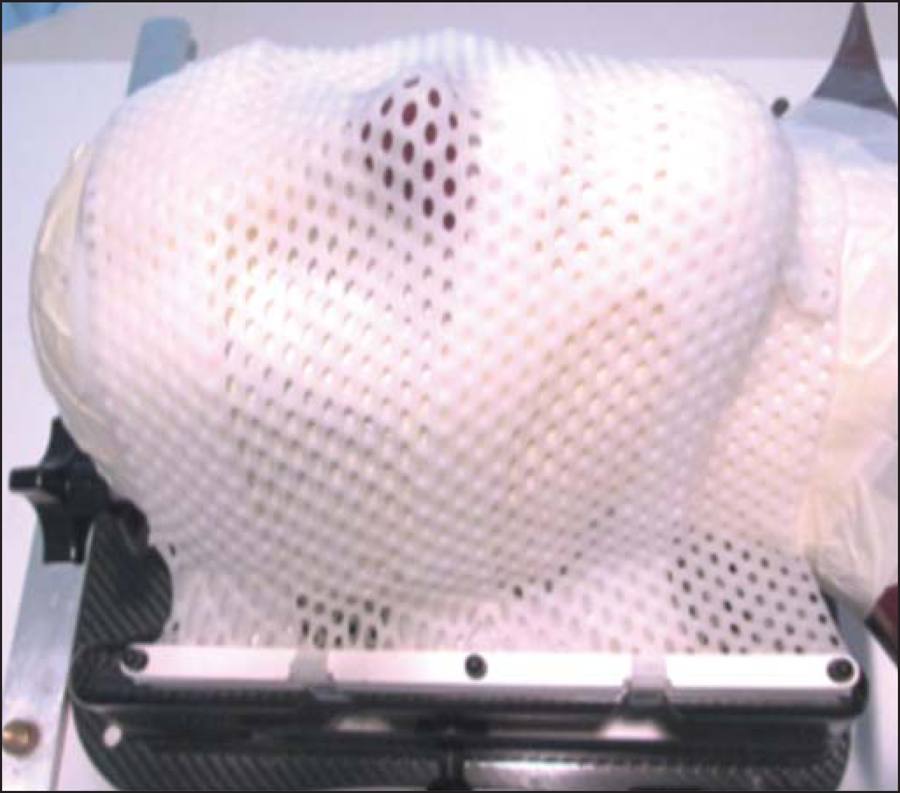Abstract
Objective:
To evaluate three-dimensional translational setup errors and residual errors in image-guided radiosurgery, comparing frameless and frame-based techniques, using an anthropomorphic phantom.
Materials and Methods:
We initially used specific phantoms for the calibration and quality control of the image-guided system. For the hidden target test, we used an Alderson Radiation Therapy (ART)-210 anthropomorphic head phantom, into which we inserted four 5mm metal balls to simulate target treatment volumes. Computed tomography images were the taken with the head phantom properly positioned for frameless and frame-based radiosurgery.
Results:
For the frameless technique, the mean error magnitude was 0.22 ± 0.04 mm for setup errors and 0.14 ± 0.02 mm for residual errors, the combined uncertainty being 0.28 mm and 0.16 mm, respectively. For the frame-based technique, the mean error magnitude was 0.73 ± 0.14 mm for setup errors and 0.31 ± 0.04 mm for residual errors, the combined uncertainty being 1.15 mm and 0.63 mm, respectively.
Conclusion:
The mean values, standard deviations, and combined uncertainties showed no evidence of a significant differences between the two techniques when the head phantom ART-210 was used.
Keywords:
Frame cranial radiosurgery; Frameless cranial radiosurgery; IGRT; Setup errors; Residual errors; Phantoms, imaging






